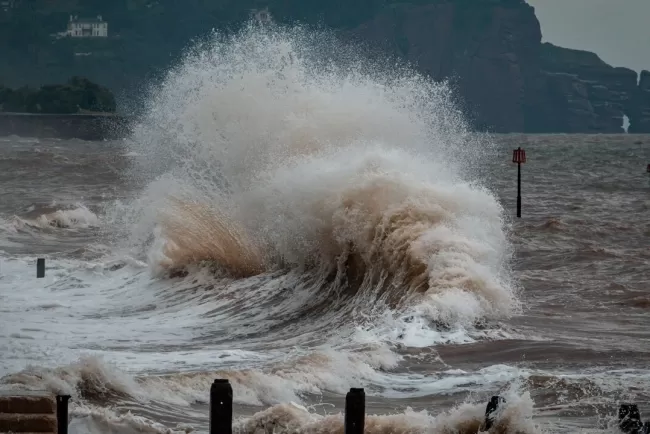Escalating Tensions: Impact of the Pahelgam Terror Attack on Tourism in Pakistan Occupied Kashmir
The recent terror attack in Pahelgam has significantly strained relations between India and Pakistan, reverberating through various sectors, particularly tourism in Pakistan Occupied Kashmir (POK). As fear and uncertainty mount, the tourism industry is grappling with severe financial losses due to escalating tensions and travel advisories from multiple countries.
Tourism Industry Faces Hardships
Tour operators in Gilgit-Baltistan, a prominent tourist destination in POK, report staggering losses, with estimates suggesting each operator has lost between $50,000 to $80,000 in potential earnings. The once-thriving tourism sector is experiencing cancellations at an alarming rate as foreign tourists heed travel warnings, while domestic tourism, which saw around 1.5 million visitors last year, is also impacted. In a precautionary measure, approximately 1,000 madrassas in the region have been closed for ten days, fearing retaliatory strikes by Indian armed forces due to allegations of their connection to military training.
Government Response to Rising Tensions
In response to the heightened military activity and the threat of conflict, Prime Minister Chri Anar al-Hak announced the creation of an emergency response fund, allocating 1 billion Pakistani rupees to support local communities. He assured that all constituencies near the Line of Control (LOC) are prepared with essential supplies, including food and medicine, to address any emergencies that may arise. The government has also put disaster management agencies and civil defense units on high alert, demonstrating a proactive approach to managing the crisis.
Military Posturing and Regional Implications
Retired Lieutenant General Raj Shukla, a former army commander and military affairs expert, describes Pakistan's military activities as a defensive posture rather than aggressive posturing. He emphasizes that terror has long been a tool in Pakistan's statecraft, and the recent attack has left India with little choice but to respond forcefully. Shukla points out that the brutal nature of the attack has united the Indian public in outrage, indicating a strong national resolve against Pakistan.
As Pakistan prepares to test surface-to-surface ballistic missiles, Indian officials view this as a reckless provocation that could escalate tensions further. The international community has expressed concern over the potential for conflict, underscoring the precarious situation in the region.
Future Developments and Strategic Considerations
Shukla notes that India's military strategy is evolving, with discussions taking place regarding potential responses across various domains, including land, air, sea, and cyber. The emphasis on maintaining escalatory dominance suggests that a calibrated military response may be forthcoming as India aims to address the recent acts of terrorism decisively.
In conclusion, the ongoing tensions between India and Pakistan, exacerbated by the Pahelgam terror attack, have far-reaching implications not only for military strategy but also for civilian sectors like tourism. As both nations navigate this critical juncture, the need for diplomatic engagement and conflict resolution remains paramount to prevent further escalation and restore stability in the region.
What's Your Reaction?
















